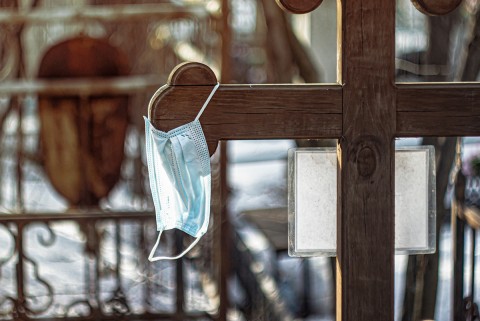Who is sacrificed, and who benefits?
Approaching Holy Week in the wake of a half million COVID-19 deaths

By the first week of Lent, more than 500,000 people were known to have died of COVID-19 in the United States. One of them was Gabby Hernandez, who worked at a nonprofit organization serving low-income New Yorkers. Another was Army reservist Calvin Ogletree III, a veteran of the Iraq War, who died in Florida at age 45. Andrea Bowman, who died in Washington State early in the pandemic, was an Episcopal priest with an interest in feminist theology. Queens taxi driver Yves Dandin, who immigrated decades ago from Haiti, was a whiz at checkers.
These are just four of the dead. To include a sentence about each of the others would take up 18,600 pages of this magazine. Those pages would fill up 400 issues; you’d have to subscribe for 15 1/2 years to read them all.
Viruses always run their course without regard for human life. But the United States has 4 percent of the world’s population and nearly 20 percent of its COVID-19 deaths. The Trump administration’s pandemic management failures are largely to blame for this disparity—but they’re not the only cause. Health outcomes are influenced by social and economic determinants, and a country structured around extreme inequalities is susceptible to high death rates. COVID-19 shows that being Black, Latino, Indigenous, or poor in the United States is a preexisting condition, a risk factor for a short lifespan.





